The Pacific Northwest is a testament to volcanic activity’s raw power. Shaped by millions of years of eruptions, lava flows, and geological transformations, this region offers some of North America’s most visually striking landscapes. These volcanic formations from Washington to Oregon and beyond create otherworldly scenes that seem transported from another planet.
Here is a list of 20 of the most extraordinary volcanic landscapes you can explore in the Pacific Northwest, each with a unique geological story and visual appeal.
Crater Lake, Oregon
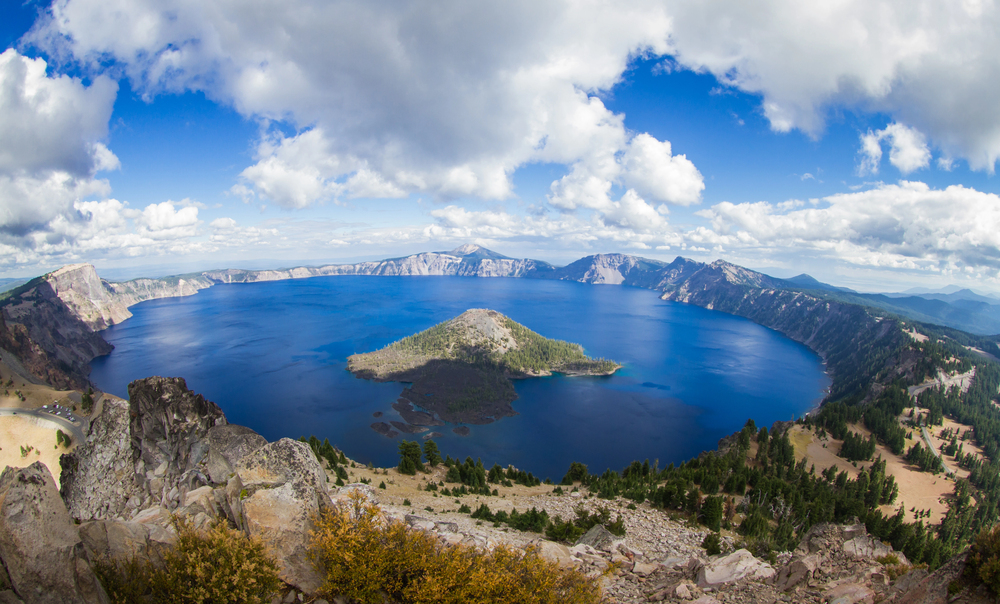
The deepest lake in the United States is located within the caldera of Mount Mazama, which collapsed after a massive eruption approximately 7,700 years ago. Its striking sapphire-blue waters reach depths of 1,943 feet and are surrounded by nearly 2,000-foot cliffs.
The lake’s exceptional clarity results from its almost exclusive feeding by snowfall, with no incoming streams to bring sediment.
Mount St. Helens National Volcanic Monument, Washington
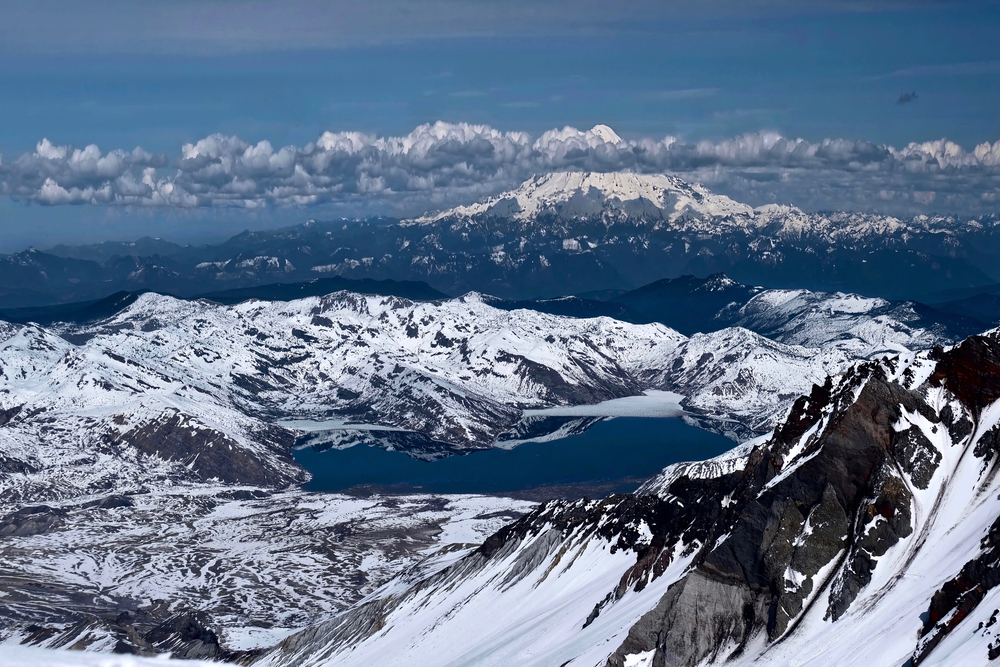
The landscape here was dramatically transformed in 1980 when Mount St. Helens erupted with devastating force. The mountain’s north face collapsed in the largest landslide recorded in modern history, reducing the peak’s height by about 1,300 feet.
Today, visitors can witness the remarkable regrowth amid the lunar-like terrain, with pumice plains and a growing lava dome in the crater.
Like Travel Pug’s content? Follow us on MSN.
Newberry National Volcanic Monument, Oregon
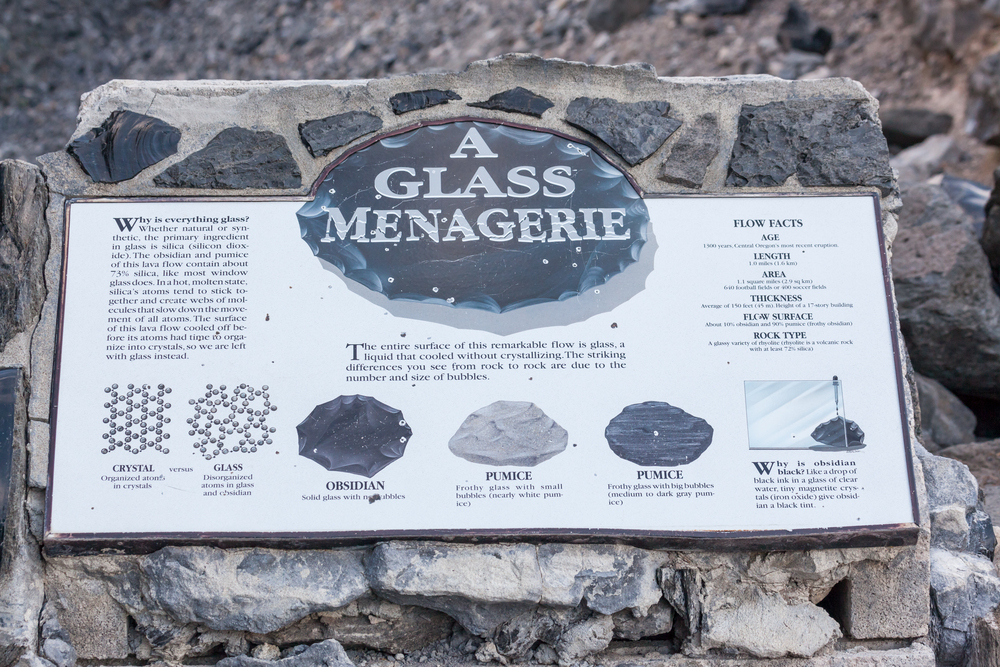
This massive shield volcano contains two crystal-clear alpine lakes within its caldera, alongside obsidian flows that shimmer like black glass in the sunlight. The Big Obsidian Flow, formed just 1,300 years ago, covers over one square mile with glossy volcanic glass.
Visitors can walk on paths across this remarkable formation, which Native Americans once used for tools and weapons.
Painted Hills, John Day Fossil Beds, Oregon
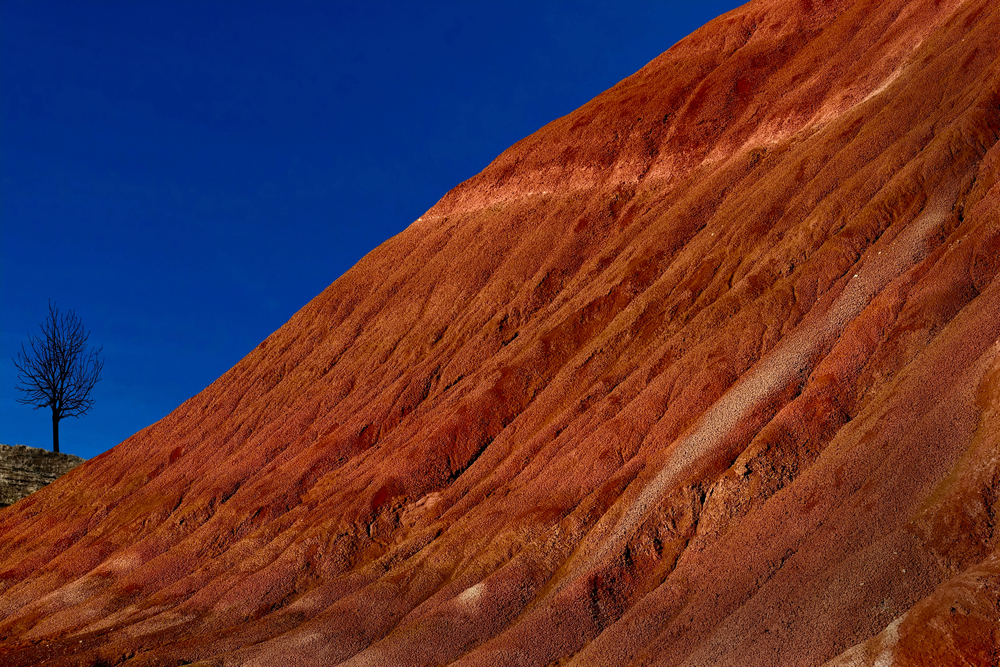
These mesmerizing hills display bands of red, gold, black, and tan that look like brush strokes across the landscape. The colors come from different volcanic ash deposits laid down over millions of years, with iron compounds creating the reds and golds.
The hills change appearance throughout the day as light conditions shift, creating an ever-evolving natural canvas.
Lava River Cave, Oregon
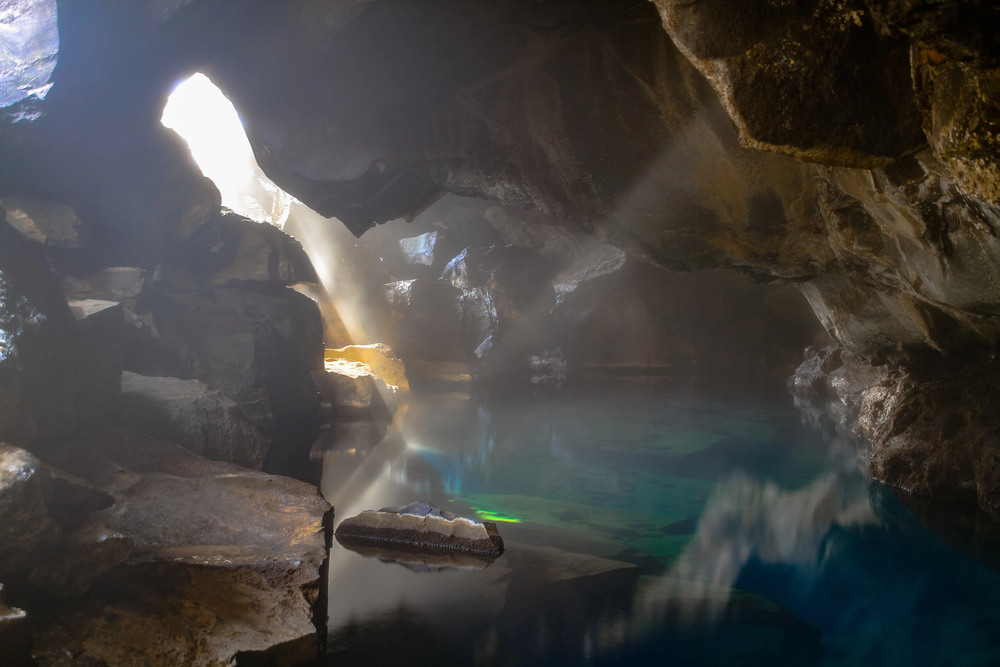
This mile-long lava tube formed when the outer layer of a lava flow cooled and hardened while the molten center continued flowing. The resulting tunnel stretches 5,211 feet underground and maintains a constant 42-degree temperature.
In some sections, the cave ceiling rises to 50 feet, creating an eerie, cathedral-like atmosphere in the darkness.
Like Travel Pug’s content? Follow us on MSN.
Mount Rainier National Park, Washington
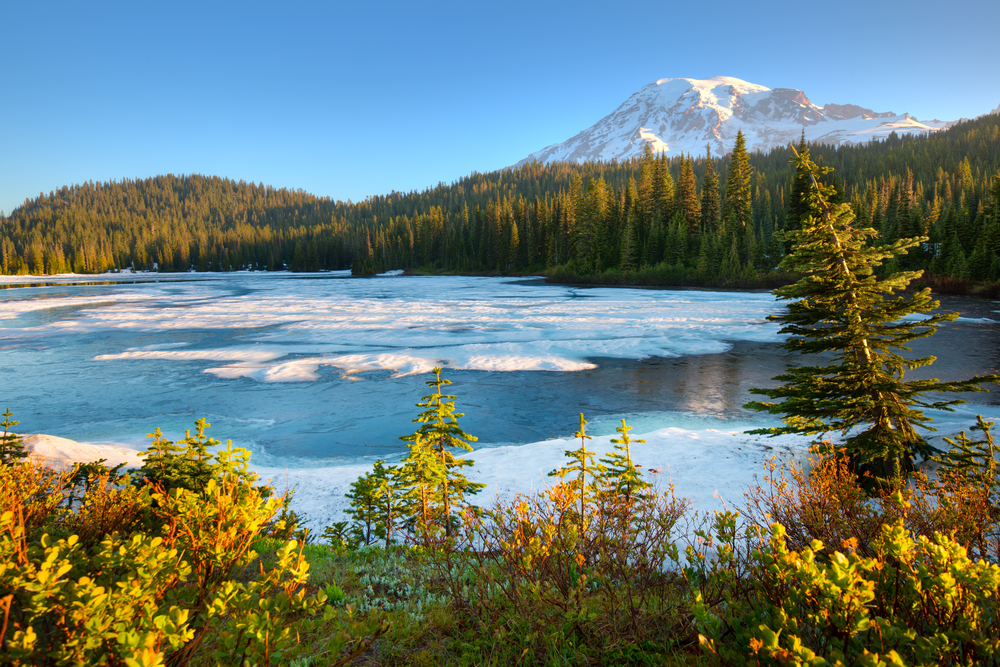
Mount Rainier’s iconic stratovolcano is the most glaciated peak in the contiguous United States, with 25 named glaciers flowing down its flanks. The mountain’s volcanic heat has created bizarre ice caves beneath the glaciers, where steam vents melt intricate passageways.
The surrounding meadows showcase remarkable biodiversity thriving in volcanic soils.
Glass Buttes, Oregon
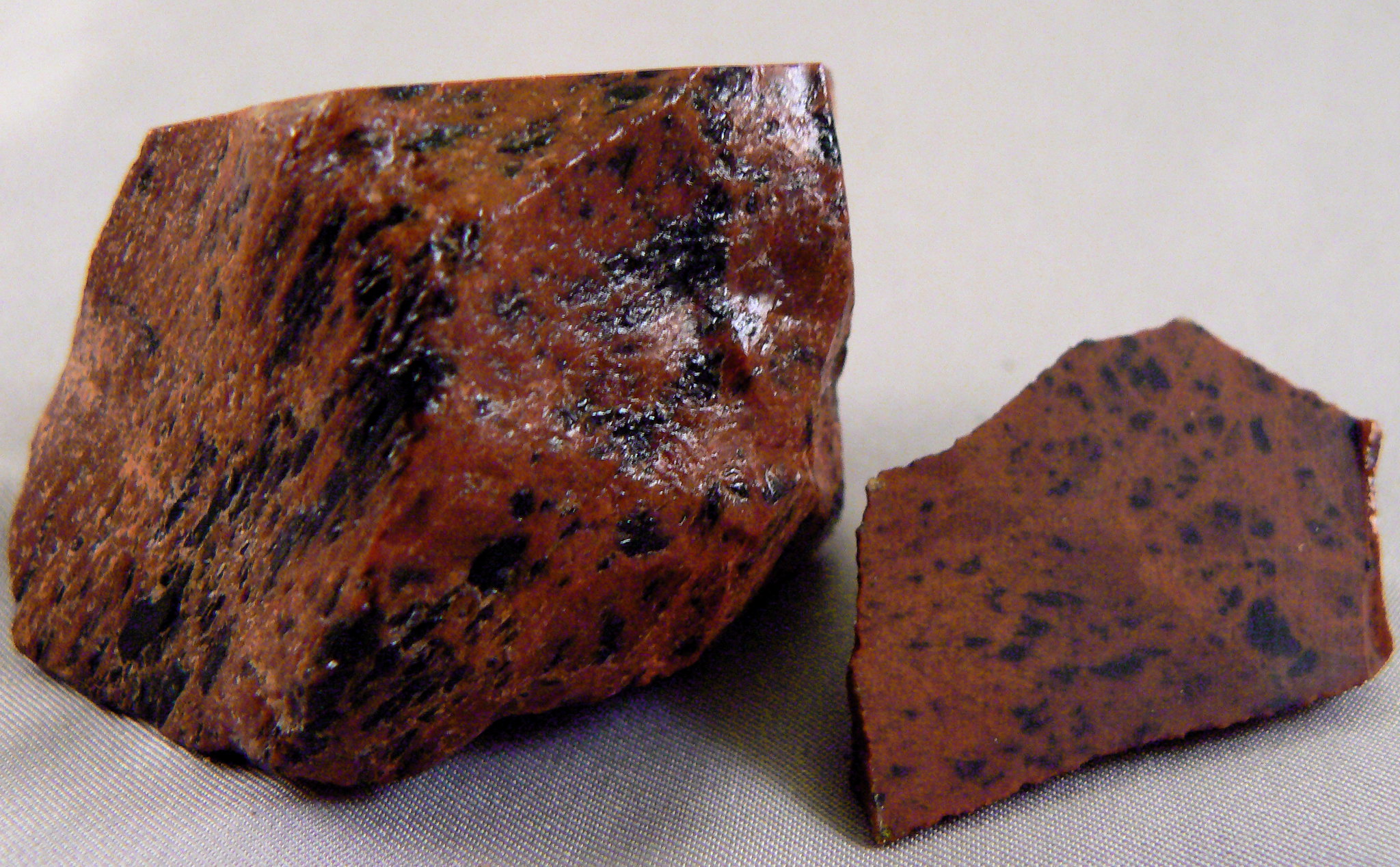
This complex of volcanic domes houses one of the largest obsidian deposits in North America. The area features multiple varieties of this natural volcanic glass, including mahogany, rainbow, gold sheen, and snowflake obsidian.
The glassy surfaces catch sunlight like thousands of mirrors scattered across the landscape, creating a dazzling visual effect.
Proxy Falls, Oregon
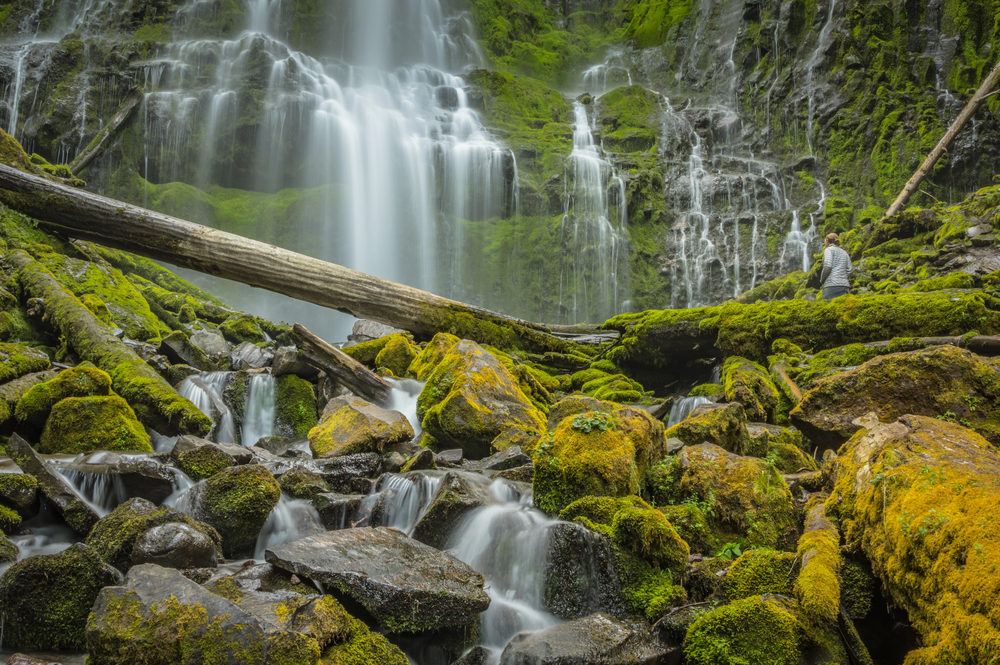
These stunning falls cascade over columns of basalt formed by ancient lava flows in the Three Sisters Wilderness. The water splits into multiple veils as it drops 226 feet down the sculptural volcanic rock face.
Most remarkably, the falls disappear at the bottom, draining through porous lava tubes beneath the surface rather than forming a traditional stream.
Like Travel Pug’s content? Follow us on MSN.
Lava Cast Forest, Oregon
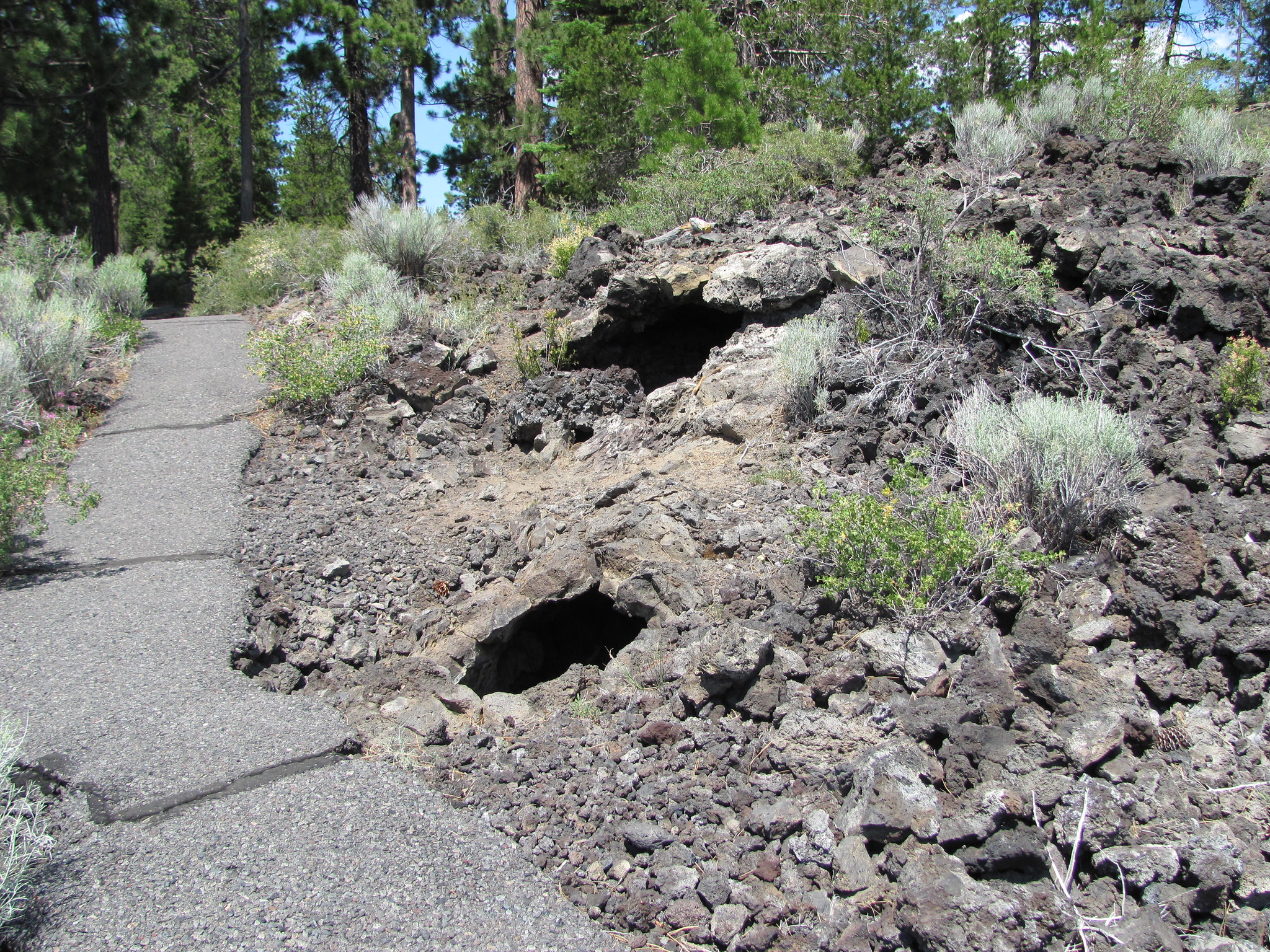
Around 6,000 years ago, molten lava flowed through an ancient forest, creating molds around tree trunks as it cooled. When the trees eventually burned away, they left perfect cylindrical voids in the lava.
Some up to 50 feet deep, these tree molds provide a snapshot of the forest that stood here millennia ago.
Columbia River Gorge, Oregon/Washington
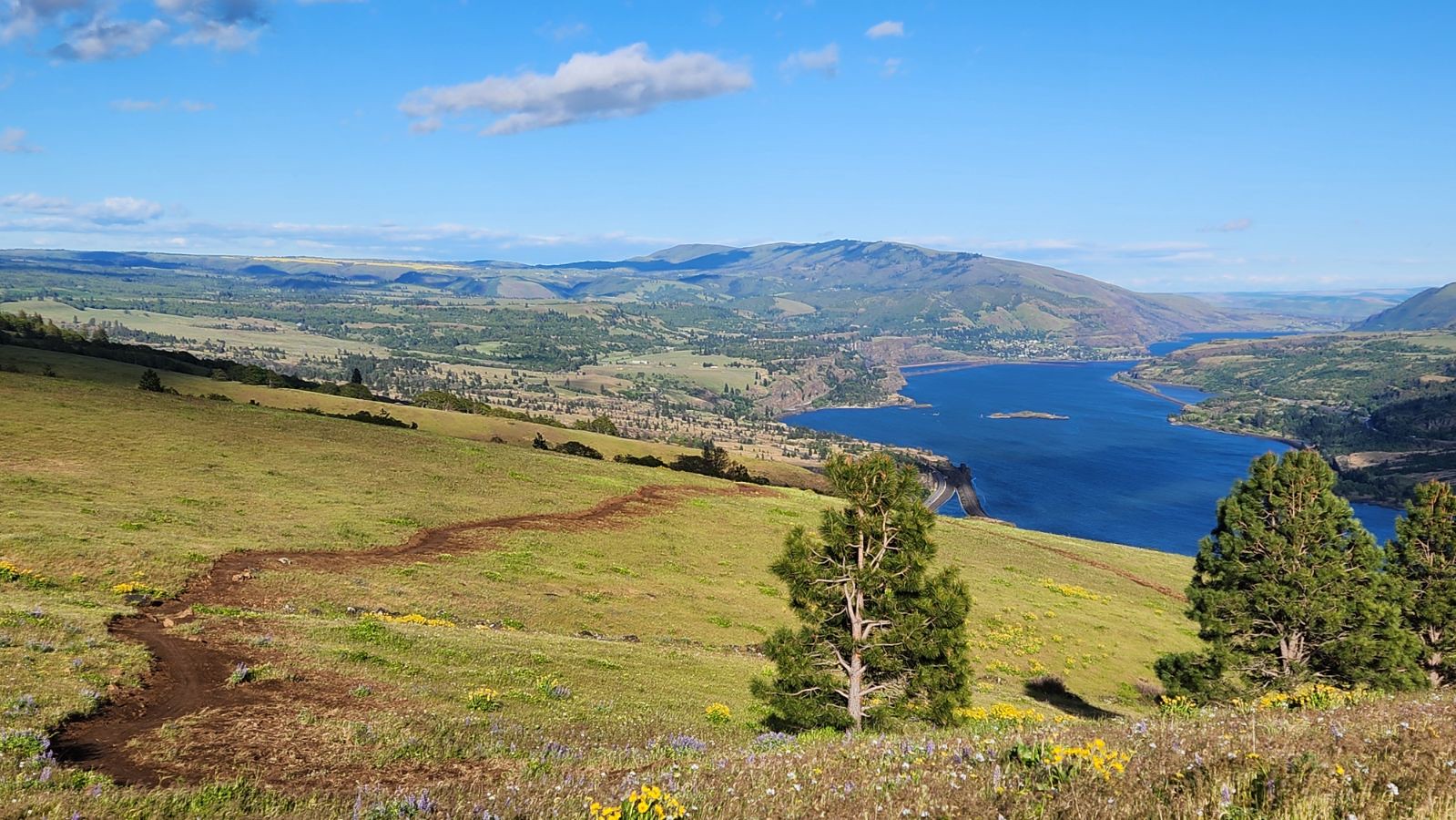
The iconic gorge was shaped when massive flood basalt eruptions filled the valley with layer upon layer of lava over millions of years. Later, catastrophic floods carved through these layers, revealing the distinctive columnar basalt formations visible today.
The multiple layers of volcanic flows create a stunning stratified appearance along the canyon walls.
Mount Baker, Washington
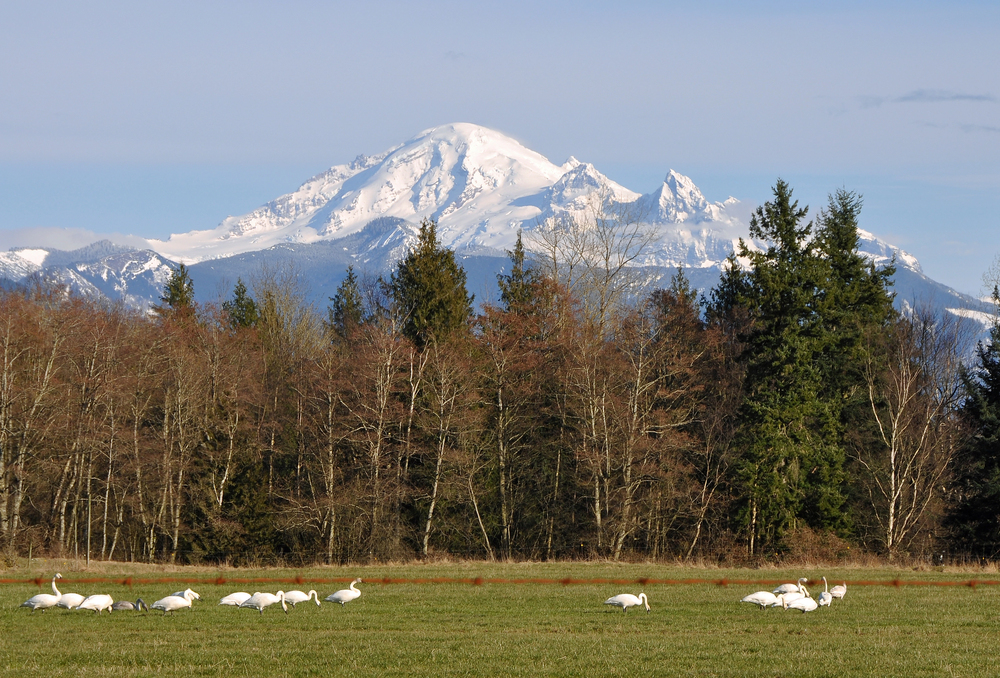
This ice-covered volcano features the unique Sherman Crater, a steam-filled depression that continues to release volcanic gases. The combination of glaciers and geothermal features creates steam caves, fumaroles, and hot springs amid the ice fields.
The mountain’s periodic increases in thermal activity remind visitors of the sleeping giant beneath the snow.
Like Travel Pug’s content? Follow us on MSN.
Broken Top Crater, Oregon

This collapsed volcanic caldera in the Central Oregon Cascades features a stunning glacial lake within its jagged, eroded rim. The mountain’s summit was once a symmetrical cone before collapsing into its current broken shape after a series of volcanic events.
Mineral-rich volcanic soils create vibrant bands of color along the crater walls, ranging from rusty reds to golden yellows that shift dramatically with changing light conditions.
Ape Cave, Washington
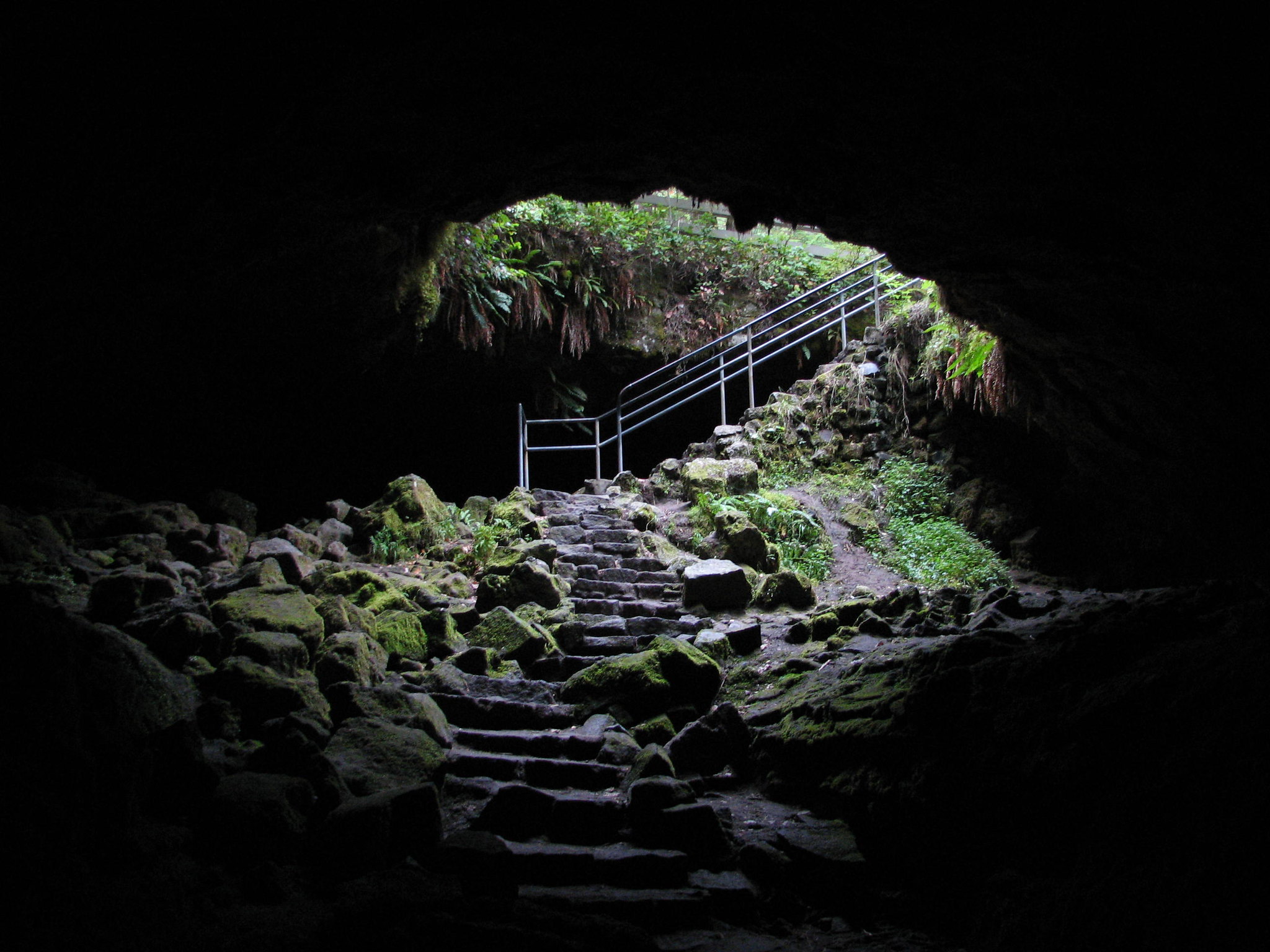
Named after the outdoor group exploring it (the Mount St. Helens Apes), this 2.5-mile lava tube is one of the longest in North America. It was formed during an eruption about 2,000 years ago and features unique formations, including the ‘meatball,’ a giant block of lava that fell from the ceiling and was carried along by the flow before cooling in place.
Craters of the Moon National Monument, Idaho
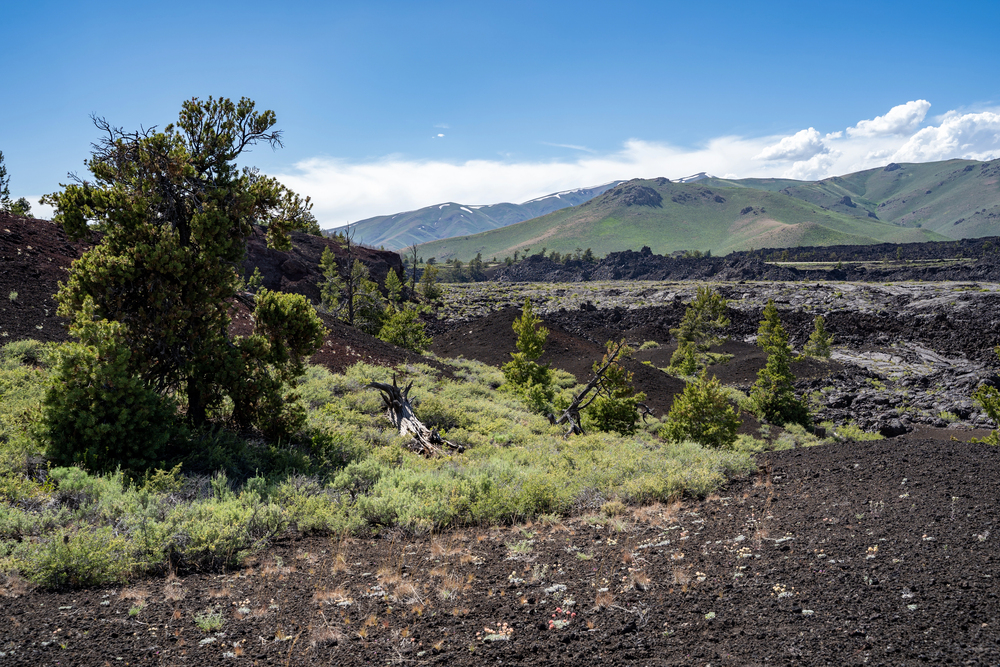
This vast lava field along the Snake River Plain contains remarkably preserved volcanic features from eruptions dating back 15,000 years to as recently as 2,000 years ago. The landscape showcases spatter cones, cinder cones, and pressure ridges where the earth’s surface buckled under volcanic forces, creating ripples in the solid rock.
Like Travel Pug’s content? Follow us on MSN.
Little Belknap Crater, Oregon
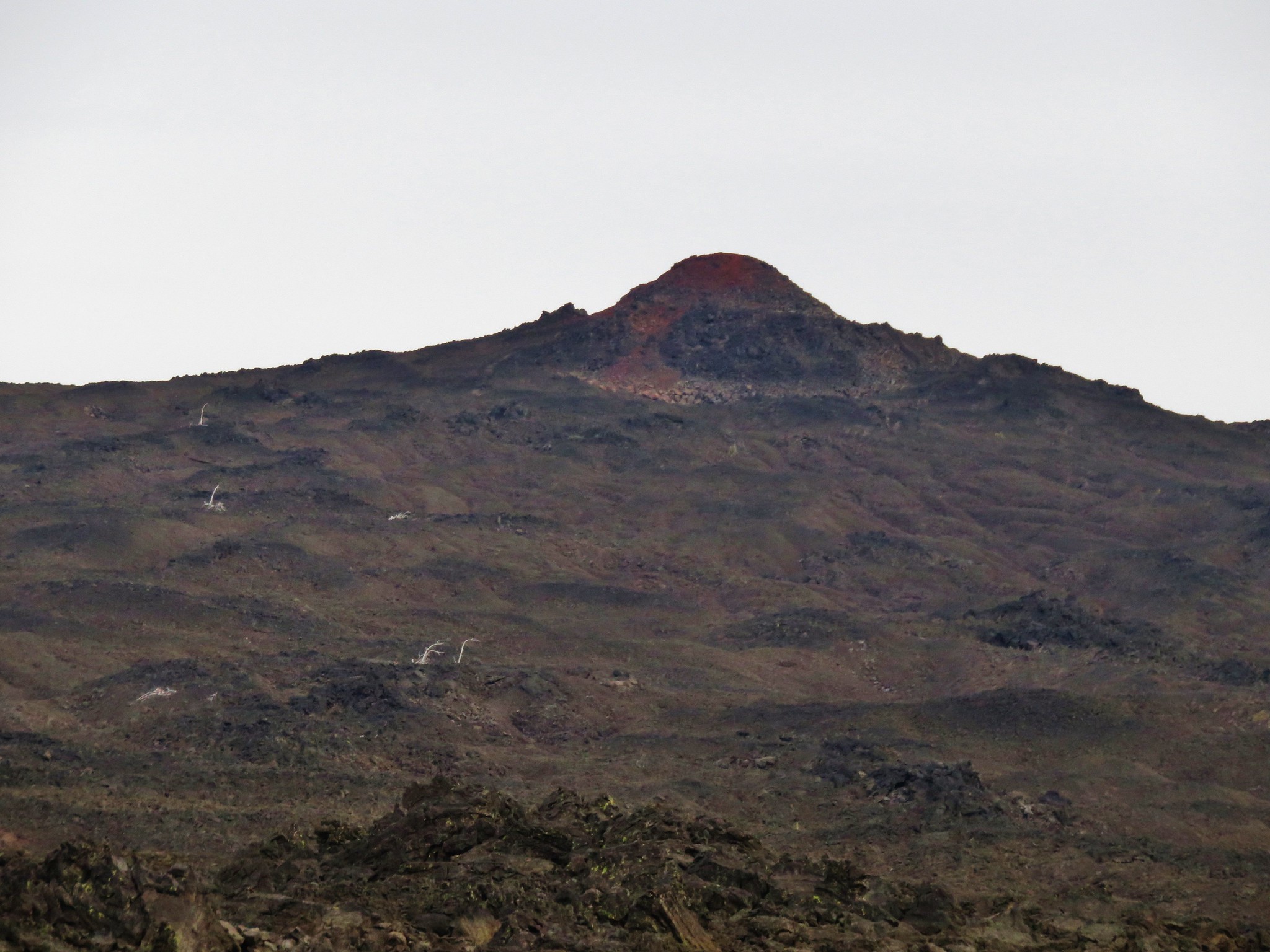
This remarkably preserved shield volcano in the McKenzie Pass area features some of the youngest lava flows in the Cascade Range, dating back just 2,500 years. Its barren, otherworldly landscape consists of jagged aa lava fields that stretch for miles, creating a stark black terrain that resembles a frozen, turbulent sea. Scattered islands of pioneer plants demonstrate nature’s persistent attempts to reclaim this harsh volcanic surface.
Menan Buttes, Idaho
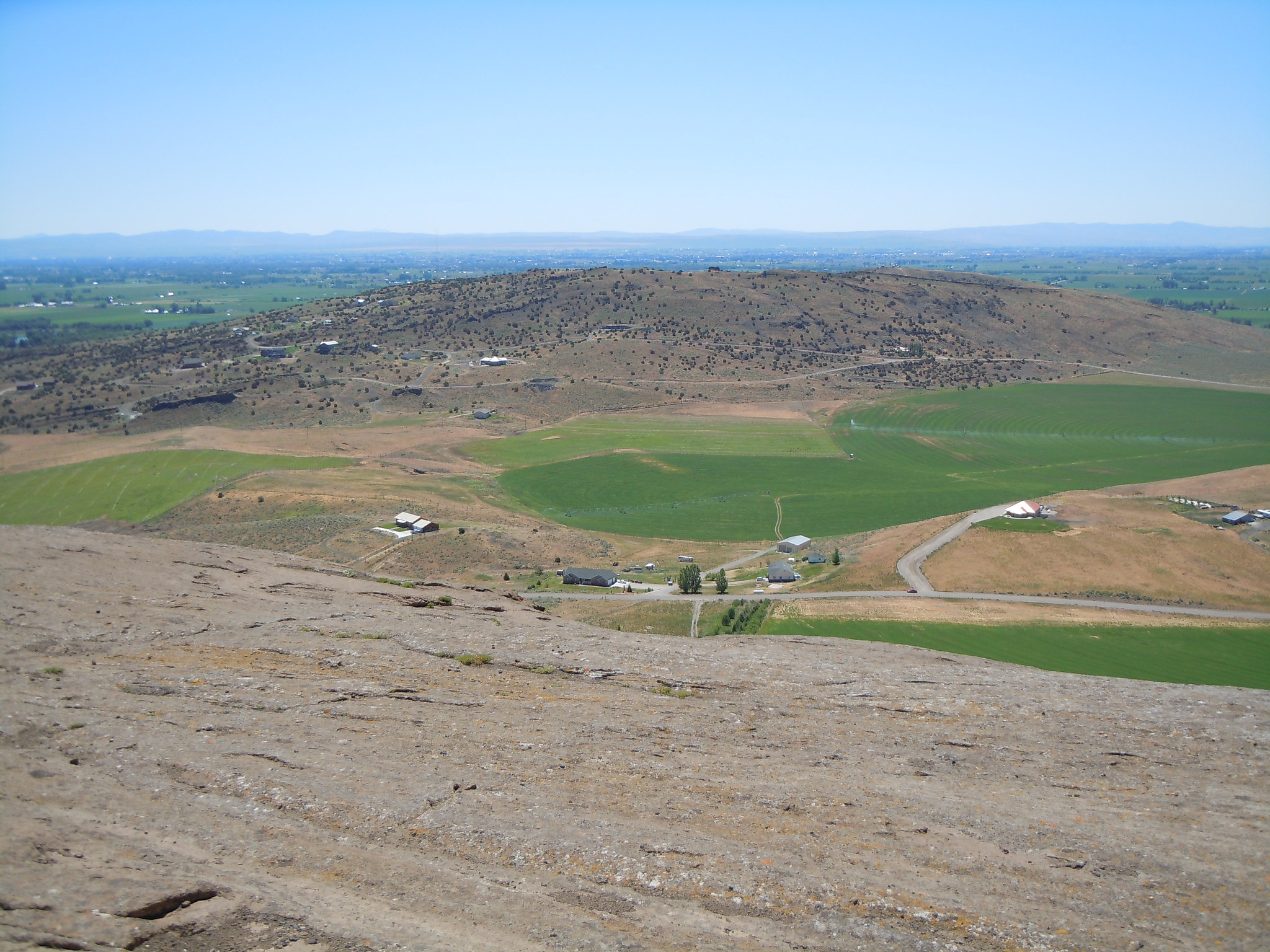
These rare tuff cones formed when underwater volcanic eruptions created distinctive rounded hills of compacted ash. The North Menan Butte ranks as one of the world’s largest purely tuff volcanic cones.
Their formation through hydrovolcanic processes created unique layering patterns in the compacted ash visible along eroded sections.
Three Fingered Jack, Oregon
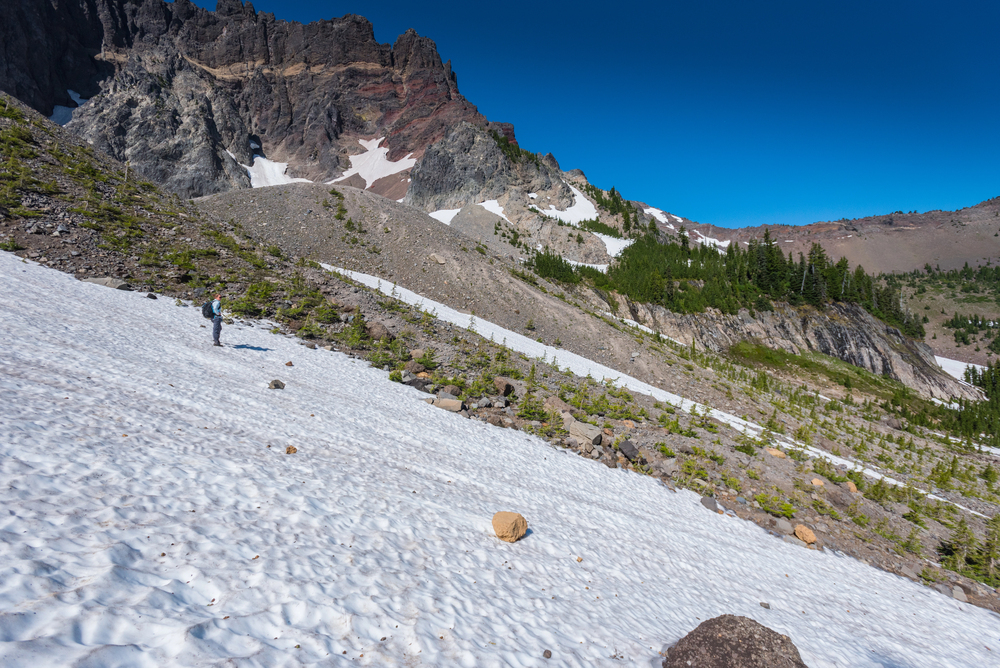
This heavily eroded volcanic plug in the Cascade Range has been sculpted by glaciers into a jagged spire of oxidized red rock that stands in stark contrast to surrounding peaks.
The mountain’s distinctive shape comes from differential erosion of its layers of volcanic material, with harder rock forming the remaining pinnacles.
Like Travel Pug’s content? Follow us on MSN.
Fort Rock, Oregon
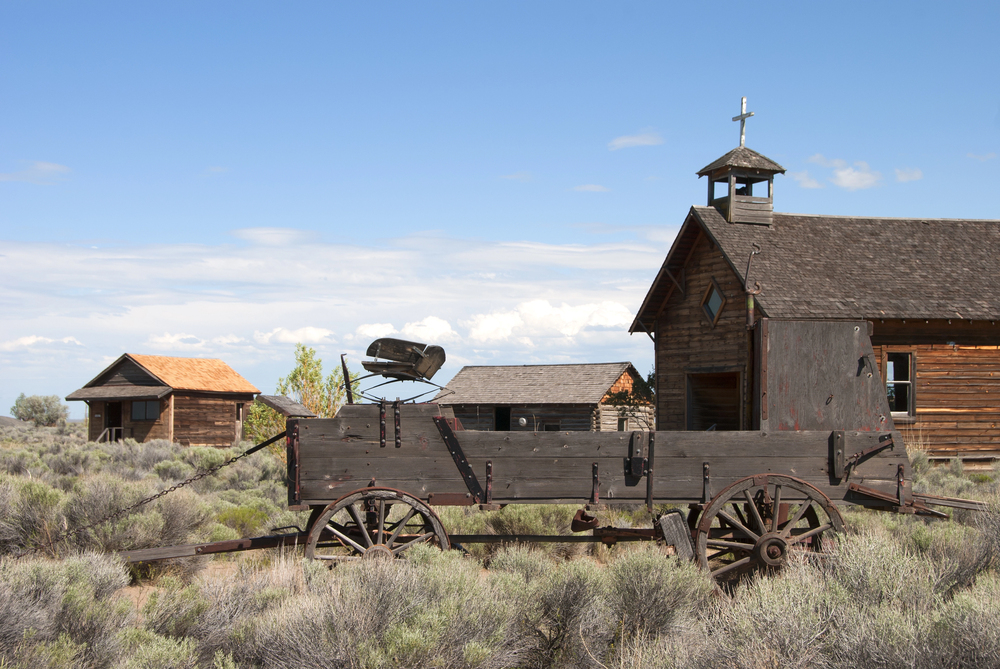
Rising dramatically from the flat desert floor, this circular volcanic tuff ring formed when magma encountered groundwater, triggering steam explosions that created a circular rock fortress.
Archaeological discoveries include 9,000-year-old sagebrush sandals preserved in volcanic ash, making it a significant cultural and geological wonder.
Blue Lake Crater, Oregon
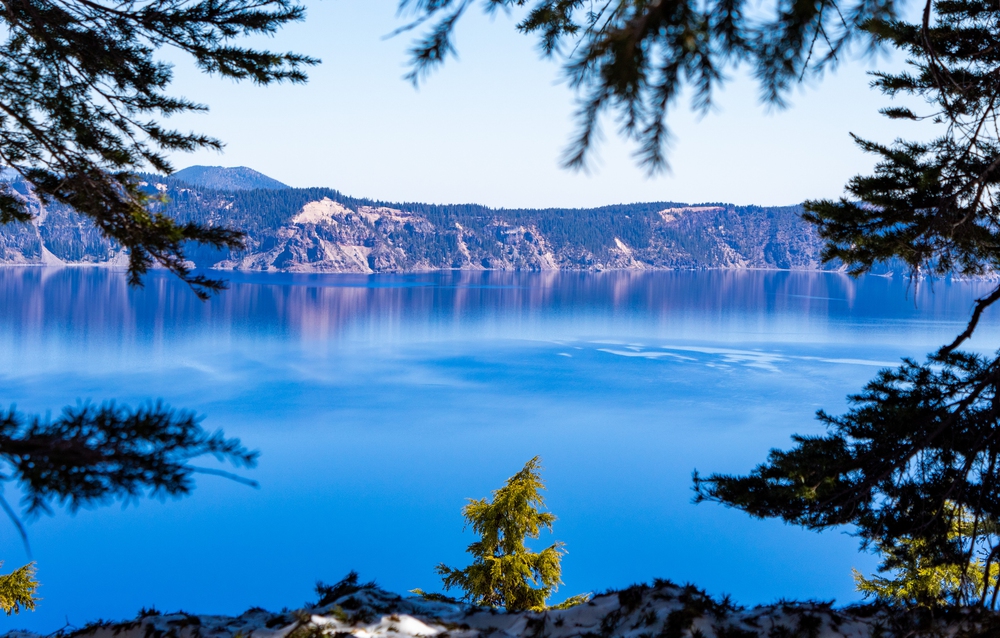
This striking blue lake fills an ancient volcanic maar crater formed when magma met groundwater, creating powerful steam explosions about 10,000 years ago. The nearly circular crater spans about a quarter mile and features sheer basalt cliffs rising 300 feet above the water’s surface.
The remarkably clear waters reach depths of over 300 feet, creating an intense blue color that contrasts dramatically with the surrounding high desert landscape.
Beacon Rock, Washington
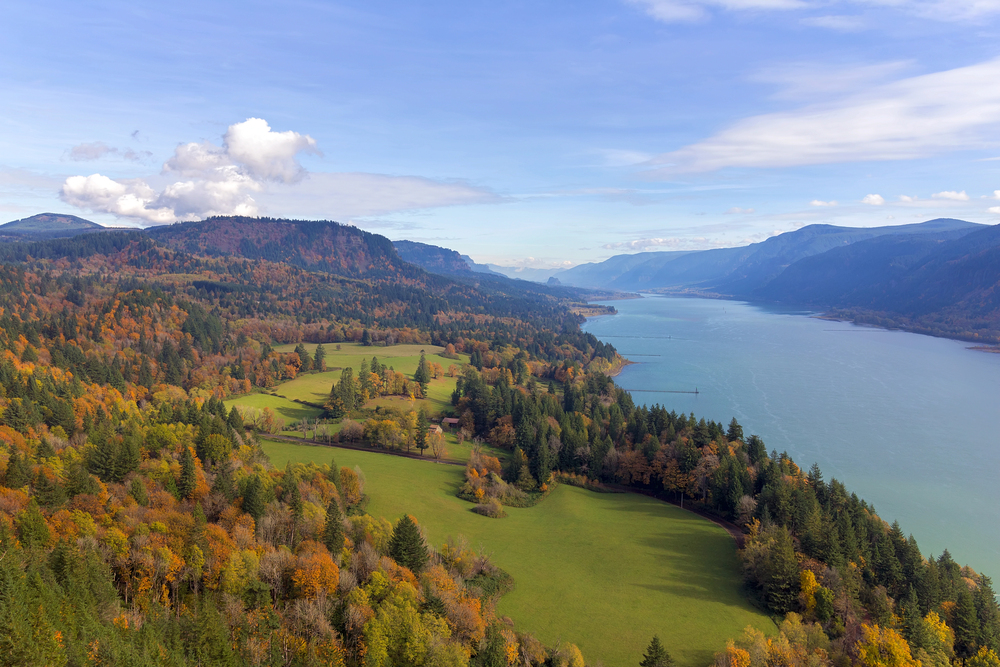
This massive volcanic plug, 848 feet tall along the Columbia River, represents the core of an ancient volcano that erupted about 57,000 years ago. The softer outer layers of the volcano eroded, leaving only the hardened inner conduit.
A trail with 51 switchbacks leads to the summit, offering panoramic views of the Columbia River Gorge.
Like Travel Pug’s content? Follow us on MSN.
Connections Across Geological Time

These remarkable landscapes represent just a fraction of the volcanic wonders scattered throughout the Pacific Northwest. These formations tell a story of continuous geological evolution, from ancient eruptions that shaped the region millions of years ago to active volcanoes that could transform the terrain again in our lifetime.
Their bizarre beauty reminds us of nature’s artistic capacity even in its most destructive moments, leaving us with landscapes that fire the imagination and connect us to the powerful forces beneath our feet.
More from Travel Pug

- 20 Destinations That Were Once Thriving but Are Now Quietly Disappearing
- 13 Destinations Where Tourists Regularly Regret Their Trip
- 20 Once-Popular Beach Towns That Are Now Ghostly Empty
- 10 Under-the-Radar Mountain Towns That Are Both Affordable and Beautiful
- Take a ‘Learning Vacation’ in These 20 Extraordinary Places
Like Travel Pug’s content? Follow us on MSN.
